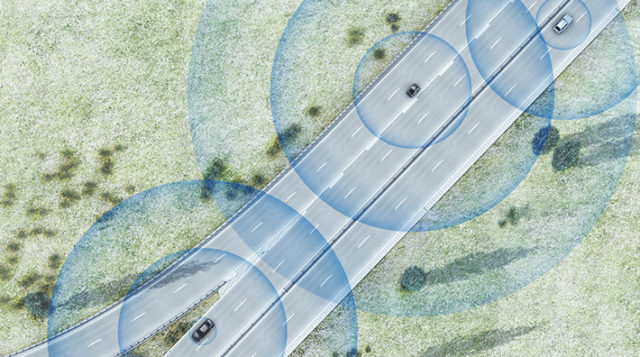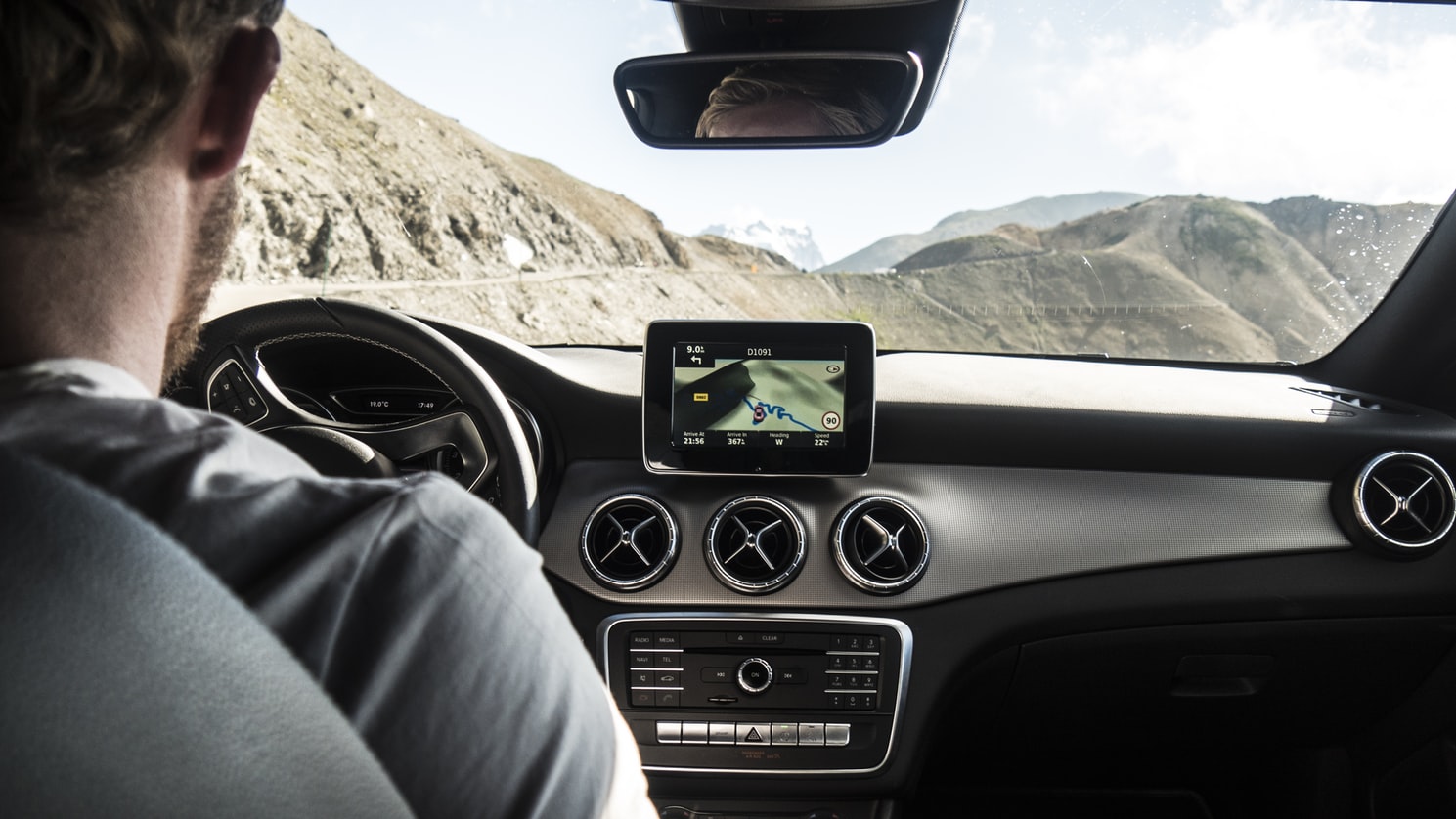Experts say that fully autonomous cars are still decades away, which comes as somewhat disappointing news for the many who hoped to be test-driving a driverless car all of their own in the near future. It may be that automated driving isn’t really the tech that’s going to revolutionize driving. Connected cars are a familiar concept, with many vehicles now incorporating on-board communication systems to analyze engine diagnostics, driver behavior and vehicle location, but car-to-X communication hasn’t yet been fully realized. When it is, it has the potential to improve road safety and ease traffic congestion.
What is car-to-X communication?
Car-to-X communication, sometimes referred to as vehicle-to-X communication, would enable cars to communicate with each other, sharing information about driving conditions and safety issues. For example, if a driver came across a fallen tree across the road, they could send the message to other cars behind. The hazard would be displayed on each vehicle’s display to give other drivers advanced warning in order to avoid emergency stops and sudden swerves. Emergency vehicles, meanwhile, could use the tech to signify to drivers that they’re nearing before they get there.
Most cars already have the tech in place to allow for this. In fact, many vehicles reviewed favorably by drivers, no matter what their make or model, have in-built navigation systems, real-time traffic information, collision avoidance systems and alert displays, as well as some autonomous driving features like adaptive cruise control. At the moment however, cars talk only to themselves, and the sharing of information between vehicles is minimal.
Different cars speak different languages
Some car-to-X communication is already in place. Mercedes-Benz has been using car-to-X technology since 2013, but it only works amongst the company’s own cars. Essentially, different brands of cars don’t yet speak the same language. However, this is about to change: Daimler, the parent company of Mercedes-Benz, is working with BMW, Volvo and Ford on a new car-to-X project in collaboration with Tom Tom and a number of EU transport departments. The project aims to find a solution for implementing car-to-X technology across manufacturers.
With 5G mobile networks on the way, the sharing of information will be instantaneous and will be possible over large distances. Car-to-X communication projects of the past have had to rely on WiFi networks, which are prone to disruption and have a limited range. Once different brands of car are able to communicate, the advent of 5G should allow the system to work quickly and smoothly.

Infrastructure work will be needed
However, even with 5G technology, an efficient car-to-X ecosystem will also require roadside units, so work will also have to be done on infrastructure to allow this tech to reach its full potential. A fully functioning car-to-X system will allow information to be relayed from cameras and traffic lights and interpreted by vehicle navigation systems so that congestion and accidents can be avoided. Traffic lights would be able to work with the traffic flow rather than working from timed systems, reducing starting and stopping time and therefore cutting down on emissions. A car-to-X network will require not only vehicles to be in communication, but all elements of the driving environment to be talking too.
A car-to-X network would improve road safety and decrease congestion, and systems are already in place to see it become a reality. If the collaboration between Daimler, BMW, Volvo and Ford comes to fruition, the tech could be here well before fully-automated cars.
